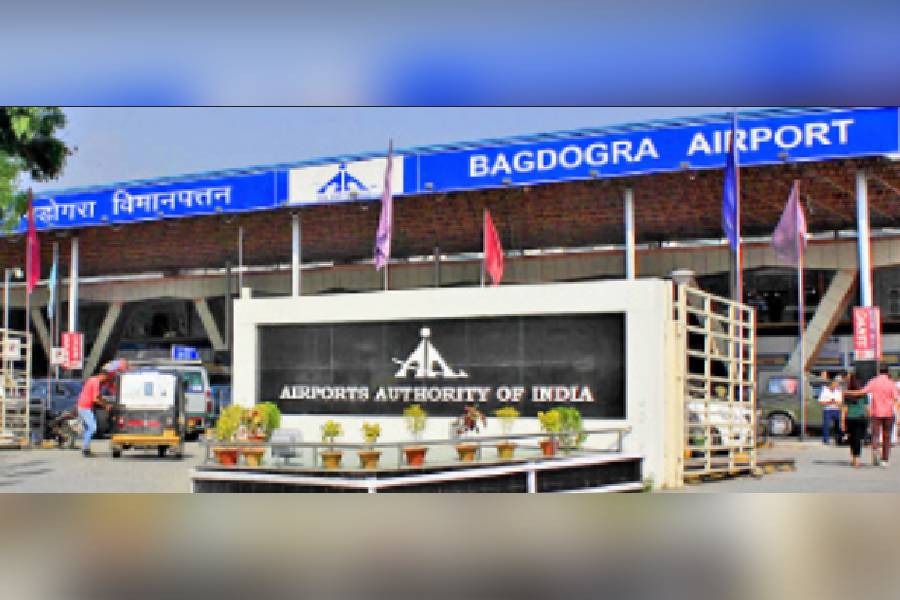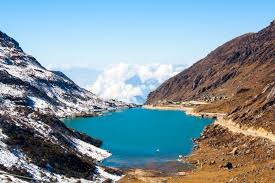Mailing List
Sign up for our mailing list to get latest updates and offers.
Sikkim, a mesmerizing paradise nestled in the Himalayas, offers a perfect blend of serene landscapes, snow-capped mountains, and vibrant culture, making it an ideal escape for nature lovers and adventure seekers alike. With its breathtaking beauty—from the tranquil Tsomgo Lake to the vibrant valleys of flowers in Yumthang—Sikkim captivates the soul, leaving visitors enchanted by its magical charm and peaceful aura.
Arrival: Bagdogra Airport (IXB) or NJP Railway Station Transfer to Gangtok: 4-5 hours drive (120 km) Check-in: Romantic hotel/resort with a view of the mountains Evening: Leisurely stroll at MG Marg, have a cozy dinner at a café or restaurant. Overnight Stay: Gangtok

Early Morning: After breakfast, head out for an excursion to Tsomgo Lake (12,310 ft). The beautiful glacial lake is perfect for a romantic moment, surrounded by stunning snow-covered mountains. You can enjoy a yak ride or just sit by the lake and soak in the view. Optional: Visit Baba Mandir, located nearby, or enjoy a private photoshoot by the lake. Lunch: Return to Gangtok for lunch at your hotel or a local restaurant. Check-out: After lunch, check out from the hotel and start your return journey to Bagdogra Airport or NJP Railway Station.

The best time to visit Sikkim is during March to May (spring) for blooming rhododendrons and lush landscapes, and September to November (autumn) for clear views of the mountains. Winter (December-February) is ideal for snow lovers.
The nearest airport is Bagdogra Airport (IXB), and the closest railway station is NJP (New Jalpaiguri). From there, you can hire a taxi or take shared cabs to Gangtok, the capital of Sikkim.
Yes, permits are required for some regions in Sikkim: Nathula Pass, Gurudongmar Lake, and Yumthang Valley require a Restricted Area Permit (RAP). Foreign nationals need additional permits to visit restricted areas.
A 6-7 day itinerary is ideal for covering Gangtok, Tsomgo Lake, Nathula Pass, and North Sikkim (Lachen, Lachung, Yumthang Valley). However, you can adjust the duration depending on the places you wish to visit.
Spring (March-May): Mild and pleasant with blooming flowers. Monsoon (June-September): Heavy rains, landslides possible. Autumn (October-November): Cool and clear skies, perfect for sightseeing. Winter (December-February): Cold with snowfall in higher regions.
Yes, some areas like Gurudongmar Lake (17,100 ft) and Nathula Pass (14,140 ft) are at high altitudes. You may experience mild altitude sickness, so acclimatize properly, stay hydrated, and avoid exertion. Carry any prescribed altitude sickness medication.
Warm clothing (especially for North Sikkim and high-altitude areas) Comfortable walking shoes Rain gear (if traveling during monsoon) Sunscreen, sunglasses, and hats for sun protection Personal medications
Yes, Sikkim is considered one of the safest places for tourists in India. The locals are friendly, and the crime rate is low. However, as with any destination, always be mindful of your belongings and personal safety.